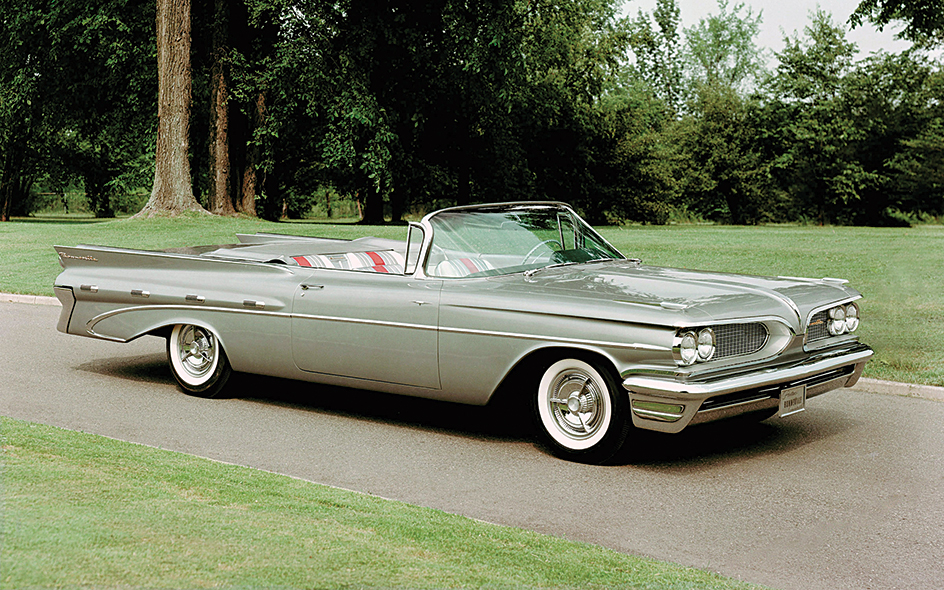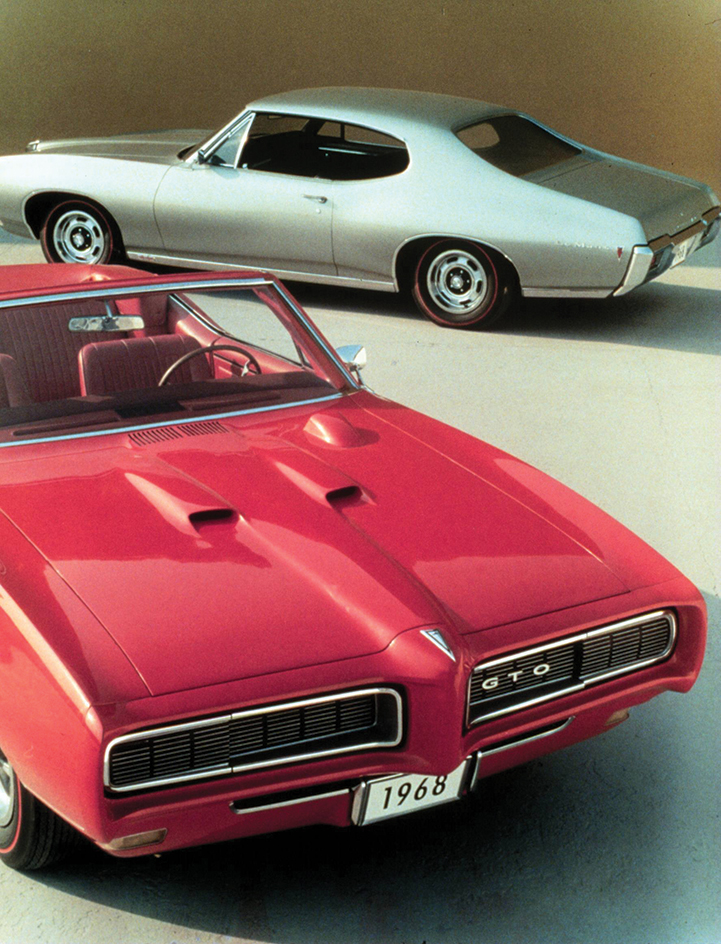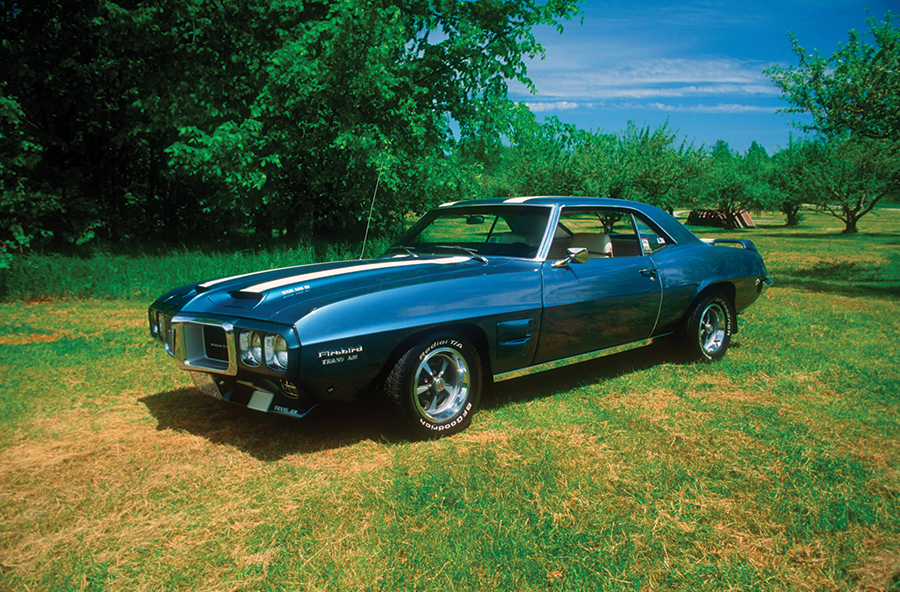Pontiac was an automobile brand made by the General Motors Company (GM), a United States automaker. From 1926 to 2009, Pontiac was among the most popular and widely recognized car brands in the United States. Pontiac was long considered one of GM’s sportier brands. Classic Pontiacs include the Chieftain, Bonneville, GTO, and Grand Am.
GM created the Pontiac Motor Company in 1926 as a middle ground between the corporation’s basic Chevrolets and its expensive Cadillac cars. The new company was named for its home city of Pontiac, Michigan. The city itself was named for Pontiac, a famous Ottawa Indian chief of the 1700’s.
The first Pontiac car, the Six, was popular, prompting a bigger, faster version in 1929—the Big Six. Both the Six and Big Six had six-cylinder engines (see Automobile (The engine block) ). The Great Depression, a worldwide economic slump of the 1930’s, caused problems within GM and other car companies. Pontiac was saved by combining its factories with Chevrolet’s. GM also bundled Pontiac with its Buick and Oldsmobile divisions. It required dealers for each make to sell the other two as well.
The popularity of the 1933 Pontiac Eight, a car with an eight-cylinder engine, boosted sales considerably. Pontiac sold its 1 millionth car in 1936. In the middle and late 1930’s, new Pontiac models offered such features as steel “turret tops” instead of fabric roofs and “silver streaks.” Silver streaks—ribbons of chrome sweeping down the hood—became a distinctive Pontiac feature for the next 20 years. Pontiac championed its new designs with the slogan, “The Most Beautiful Thing on Wheels.”
During World War II (1939-1945), the U.S. government halted automobile production to focus on wartime needs. From early 1942 to August 1945, Pontiac and other GM factories concentrated only on the war effort. Among the military equipment Pontiac manufactured were tank axles and diesel engines. It also produced aircraft-launched torpedoes for the U.S. Navy.
Early postwar Pontiacs were largely unchanged from the 1942 models. In 1948, Pontiac introduced its first automatic transmission, the “Hydra-Matic Drive.” An automatic transmission, unlike a manual transmission, does not require a driver to operate a gearshift and clutch to change gears (see Transmission ).
The popular Chieftain debuted in 1949. The 1950 Chieftain Catalina was Pontiac’s first “hard-top” convertible. In 1954, Pontiac started another new popular line, the Star Chief. The company introduced the sporty Bonneville in 1957. The Bonneville carried a powerful fuel-injected V-8 engine and brought tailfins to the Pontiac division. Fuel injection is a system that times and delivers precise amounts of gasoline.

The 1960’s saw Pontiac sales soar. The Grand Prix—which debuted in 1962—grew wider, longer, and heavier. But new, smaller “compacts” entered the line as well: the Tempest in 1961 and the LeMans in 1962. In 1964, Pontiac released one of the automotive industry’s most famous muscle cars (large cars with powerful engines), the GTO. The Pontiac GTO was named after the famous Ferrari 250 GTO race car. Another famous Pontiac muscle car, the Firebird, debuted in 1967, followed by the Trans Am in 1969. 

Fuel crises and stricter pollution standards in the 1970’s turned the auto industry toward smaller, more fuel-efficient models. Pontiac released several smaller vehicles: the Astre, Grand Am, Phoenix, and Sunbird. In the 1980’s, Pontiac stuck to a smallish, but not quite compact, line of cars—with Grand Am leading the way—that helped the company regain popularity. In 1990, Pontiac introduced a minivan called the 1990 Sport. The company retired the LeMans in 1993.
In the 2000’s, Pontiac released a new GTO and upgraded the Bonneville and Grand Prix. But by 2008, GM was facing a severe economic crisis. Forced to downsize to receive financial assistance from the U.S. government, GM announced that Pontiac would cease production. The final Pontiac rolled off the assembly line in Orion Township, Michigan, in November 2009.
See also General Motors Company .
